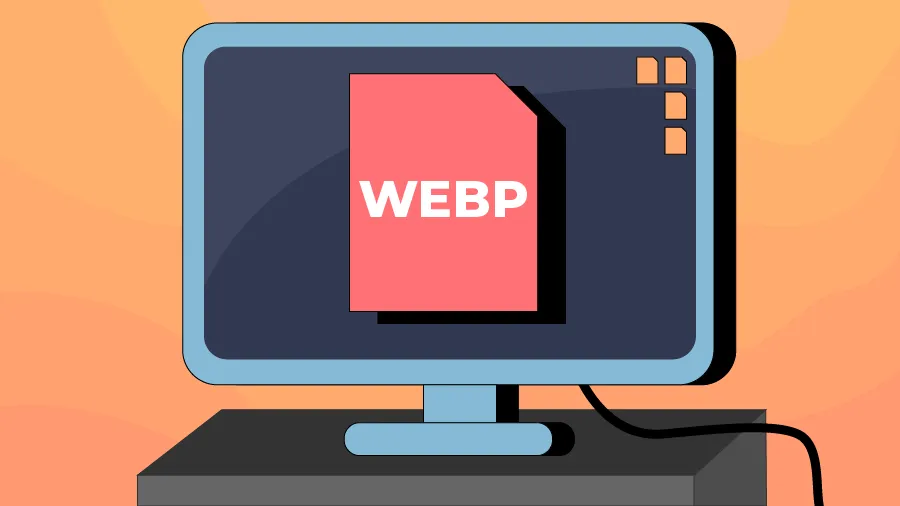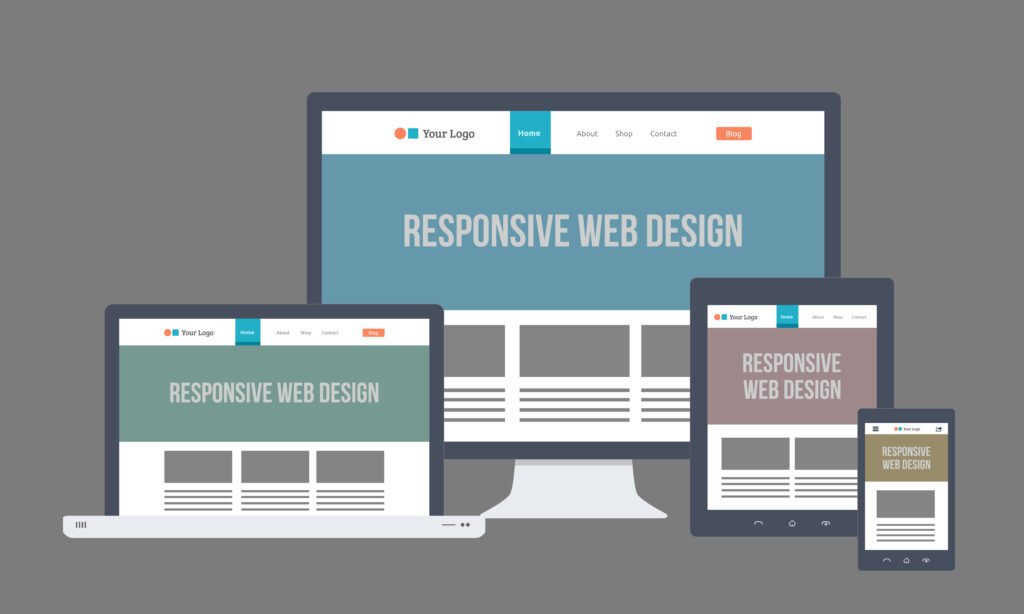WebP images have revolutionized how developers approach image optimization. This format is designed for faster loading times and high-quality visuals, making it a must-have for modern web development.
What are WebP Images?
WebP is an advanced image format developed by Google. It combines high compression efficiency with excellent image quality, supporting both lossy and lossless compression. Unlike traditional formats, WebP allows developers to reduce file sizes without compromising on visual appeal.
Benefits of WebP Images
Faster Loading Times
WebP images are smaller in size compared to JPEG or PNG formats. This leads to quicker website loading, enhancing user experience and reducing bounce rates.
Enhanced Image Quality
Despite smaller file sizes, WebP retains superior image quality. This makes it ideal for websites requiring sharp and clear visuals.
Improved SEO Performance
Websites using WebP images rank better in search engines. Faster loading speeds directly influence SEO rankings.
Support for Transparency and Animation
WebP supports features like transparency (alpha channel) and animation. This versatility makes it a preferred choice for diverse content types.
How to Implement WebP Images
Using Online Converters
Numerous free tools allow you to convert images to WebP format. These tools are user-friendly and perfect for quick conversions.
Leveraging Image Optimization Plugins
Plugins like ShortPixel or Smush integrate seamlessly with CMS platforms like WordPress. They automate the conversion and optimization process for WebP images.
Integrating via Code
For developers, adding WebP images through HTML is simple:
<picture>
<source srcset="image.webp" type="image/webp">
<img src="image.jpg" alt="Image description">
</picture>
This ensures compatibility with browsers that do not support WebP.
Browser Compatibility of WebP Images
Most modern browsers, including Chrome, Edge, and Firefox, support WebP. However, older browsers like Internet Explorer may require fallback image formats.
WebP vs. Traditional Formats
WebP vs. JPEG
- File Size: WebP files are 25-34% smaller.
- Quality: Comparable, with better efficiency in compression.
WebP vs. PNG
- Transparency: Both formats support transparency, but WebP offers smaller file sizes.
- Versatility: WebP supports animations, unlike PNG.
Tips for Using WebP Images Effectively
- Optimize Before Uploading: Use tools like Photoshop or online compressors to reduce file sizes further.
- Test Browser Compatibility: Always include fallback formats for maximum accessibility.
- Monitor Performance: Regularly check website speed to ensure WebP images enhance performance.
Future of WebP in Web Development
With increasing emphasis on speed and user experience, WebP images are becoming a standard. Developers and website owners must adopt this format to stay ahead in the competitive digital landscape.
For expert assistance in implementing WebP images or enhancing your website’s performance, visit TechsterTech.com. Our professional web development and SEO services can take your website to the next level!
WebP is a modern image format developed by Google that provides superior lossless and lossy compression for image
Note: Visit TechsterTech for all your web development and digital marketing needs, including optimization services that help enhance your site’s performance using modern techniques like WebP!



